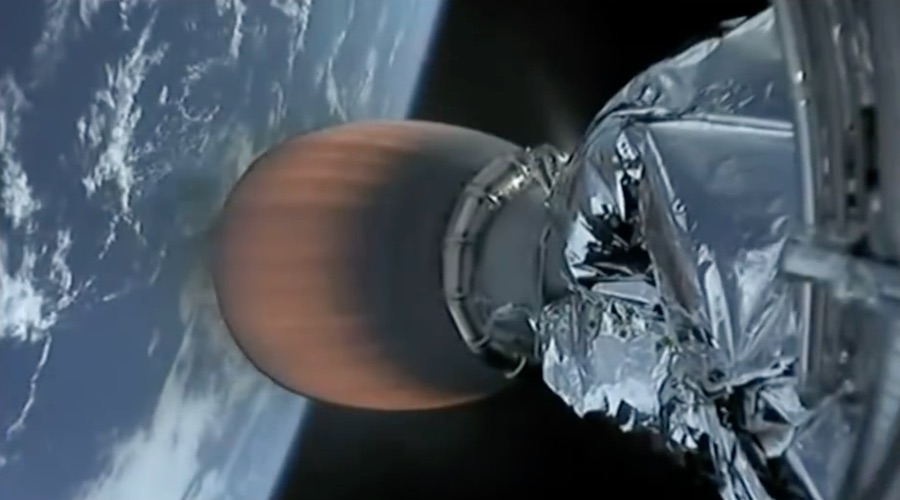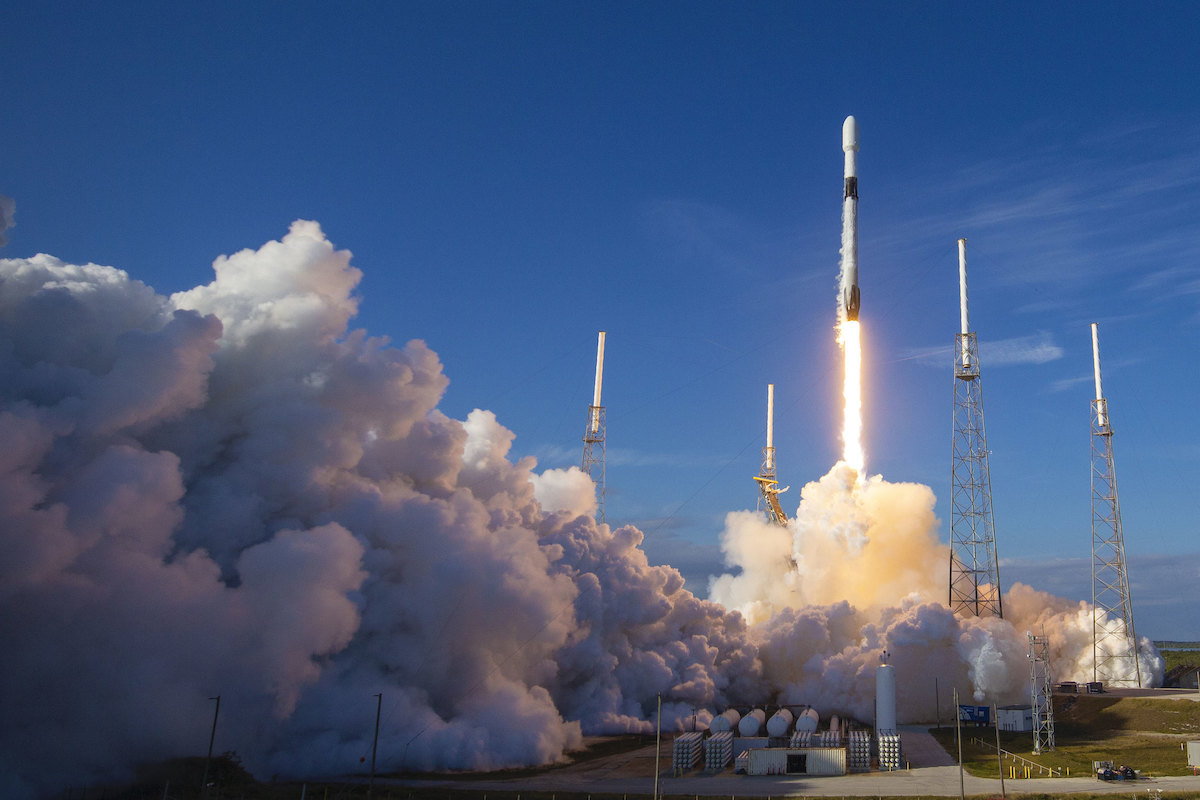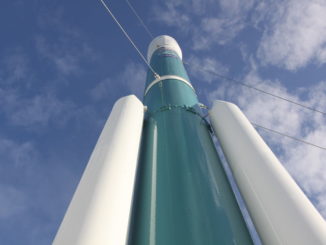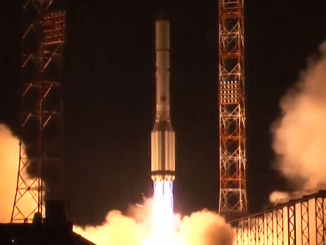
SpaceX is targeting launches March 6 and March 11 for its next two missions after swapping an upper stage for its next Falcon 9 rocket with another stage already being readied for liftoff at Cape Canaveral.
The launch targeted for March 6 from pad 40 at Cape Canaveral Air Force Station will send a Dragon supply ship toward the International Space Station with nearly three tons of cargo, crew provisions and experiments, including a new mounting platform for external research payloads outside the station’s European Columbus lab module.
Liftoff is scheduled for 11:50 p.m. EST on March 6 (0450 GMT on March 7) on SpaceX’s fifth Falcon 9 flight of the year.
SpaceX teams a few miles to the north at Kennedy Space Center’s launch pad 39A will prepare a separate Falcon 9 launcher for liftoff as soon as March 11 at 10:40 a.m. EDT (1440 GMT). That mission will loft approximately 60 more satellites for SpaceX’s Starlink Internet network, which is expected to take up the bulk of the company’s 2020 launch manifest.
The first stage of the Falcon 9 rocket is expected to return to landing at Cape Canaveral Air Force Station around eight minutes after liftoff of the space station resupply mission March 6. The booster is expected to attempt a landing on SpaceX’s drone ship in the Atlantic Ocean after the March 11 launch.
The March 6 mission will mark the 20th and final flight of a SpaceX Dragon cargo capsule to the space station under a multibillion-dollar commercial resupply services contract awarded by NASA to SpaceX in December 2008. It will also be the last flight of SpaceX’s first-generation Dragon cargo freighter, which first flew in orbit on a test flight in 2010.
NASA said Tuesday that the launch of the Dragon cargo mission — designated CRS-20 or SpaceX-20 — was delayed from March 2 allow time for SpaceX to replace the upper stage on the Falcon 9 rocket with another stage already undergoing preparations for a subsequent launch from Cape Canaveral.
“During standard preflight inspections, SpaceX identified a valve motor on the second stage engine behaving not as expected and determined the safest and most expedient path to launch is to utilize the next second stage in line that was already at the Cape and ready for flight,” NASA said in a statement. “The new second stage has already completed the same preflight inspections with all hardware behaving as expected.
“The updated target launch date (of March 6) provides the time required to complete preflight integration and final checkouts,” NASA said.
SpaceX is retiring the current version of the Dragon spacecraft in favor of the Dragon 2 vehicle, which will come in two variants tailored for crew and cargo missions to the space station.
The first piloted flight of the Crew Dragon — the next-generation Dragon’s human-rated configuration — is scheduled to take off as soon as May from the Kennedy Space Center. On its initial missions, the Crew Dragon only fly with astronauts once.
The cargo variant of the Dragon 2 spacecraft — which will have cargo bags and racks in place of crew seats — is rated to launch and land up to five times, according to SpaceX.

The following Falcon 9 launch from Florida’s Space Coast was pushed back to March 11 from March 4, presumably as a ripple effect from the delay to the previous mission.
On the March 11 mission, a SpaceX Falcon 9 rocket will haul around 60 more quarter-ton satellites into orbit for SpaceX’s Starlink broadband fleet, bringing the total number of Starlink nodes launched since last May to 360.
Including spares, SpaceX plans to deploy more than 1,500 Starlink satellites to begin providing low-latency Internet service around the world. Around 720 satellites are required to begin initial Internet services in high latitude regions, including Canada and the northern United States.
SpaceX could reach the initial service threshold by mid-2020. The company has not started selling subscriptions for Starlink connectivity, or announced a price for the Starlink network’s consumer-grade service.
Email the author.
Follow Stephen Clark on Twitter: @StephenClark1.



